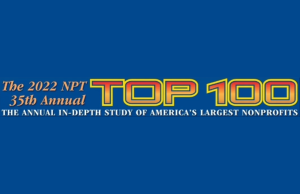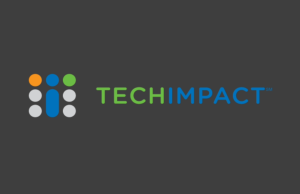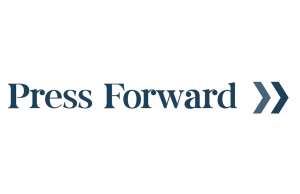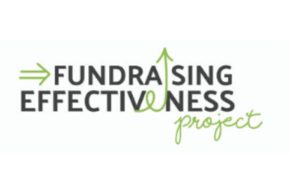Loans through the Paycheck Protection Program (PPP) protected at least 4.1 million nonprofit jobs — almost one in three nationwide — according to an analysis by the Johnson Center at Grand Valley State University.
Jeff Williams, director of the Community Data and Research Lab (CDRL) at the Grand Rapids, Mich.-based university, broke down the data in a blog post after summary data files about organizations that received loans were released this month on the $670-billion PPP. Data files from the first round of funding were released in two sets: loans of $150,000 or more, and loans of less than $150,000.
Nonprofits received almost 4 percent of all loans under the PPP, with 181,680 organizations receiving a loan out of almost 5 million total loans.
The Johnson Center estimated that about 452,000 nonprofits nationwide were eligible for PPP relief. Of those, about 40 percent nationwide received a loan but there were large variations by state. Successful applicants by state ranged from a low of 28 percent to a high of 67 percent.
Six states saw more than 55 percent of eligible nonprofits that applied for a loan receive one: Alabama, Kansas, Mississippi, Nebraska, Oklahoma and South Dakota. In five states, less than one-third of eligible nonprofits received loans: Arizona, California, Idaho, Montana and Utah.
The share of nonprofit jobs protected varied by state, too. In six states, more than 90 percent of estimated eligible nonprofit jobs were protected by PPP loans: Alabama, Louisiana, Mississippi, Nevada, Oklahoma and Texas. Meanwhile, less than 50 percent of estimated eligible nonprofit jobs were protected in seven states and Washington, D.C.: Alaska, Connecticut, Oregon, Rhode Island, Vermont, Virginia, Washington.
Nationally, nonprofits received 7 percent of total loan dollars, according to the Johnson Center’s estimates, including 4 percent of all loan dollars in the less than $150,000 category and 8 percent of all loan dollars in the $150,000-plus category.
With nonprofits representing about 10 percent of the workforce and SBA data indicating that 51.1 million jobs were protected by PPP loans, the number of nonprofit jobs retained would be expected to be about 5.1 million — significantly more than the 4.1 million estimated.
That nonprofits received a larger share of the $150,000-plus loans than other organizations and the number of nonprofit jobs protected was about 20 percent less than expected leads Williams to conclude that while larger nonprofits were successful in PPP, smaller nonprofits may not have applied for loans or have not been successful with applications so far.
Applications for the PPP were extended by lawmakers through Aug. 8, with $138 billion in funds remaining. “With evidence that fewer nonprofits than expected (especially smaller nonprofits) applied or were successful in Round 1 — the nonprofit sector and its advisors should redouble efforts to reach out” to PPP-eligible nonprofits that might need assistance in applying during Round 2, Williams wrote.










